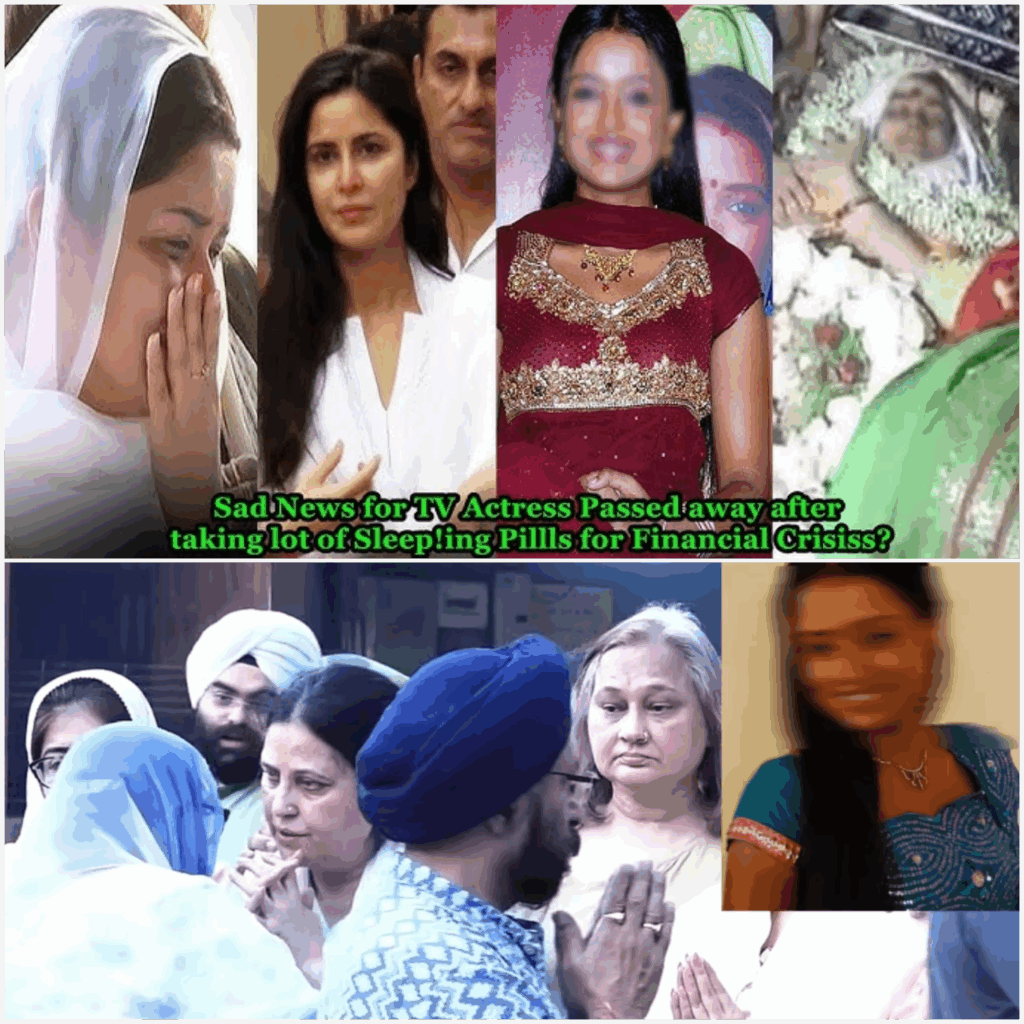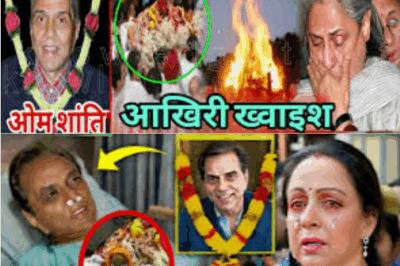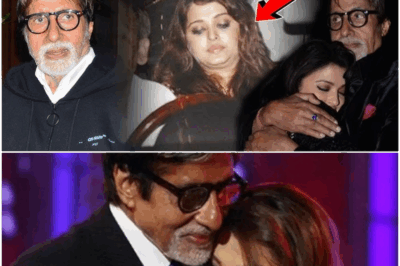Shockwaves in Showbiz: The Tragic Death of San Rachel Ignites Urgent Conversations on Mental Health and Financial Pressure
The Indian entertainment industry is reeling from the devastating loss of San Rachel, a prominent television actress and model, who passed away at just 26 years old. Her untimely death, reportedly following an overdose of sleeping pills after heated arguments and ongoing personal struggles, has cast a harsh spotlight on the mental health and financial pressures that so many in show business silently endure.
A Shining Star Gone Too Soon
San Rachel—affectionately called S. Rachel by her fans—was more than just another face on television. She was a force of nature: outspoken, talented, and unafraid to challenge the status quo. Best known for her advocacy against colorism and her candid social media presence, Rachel inspired thousands with her courage and authenticity. She used her platforms on Instagram and YouTube to speak openly about self-esteem, gender rights, and the challenges of being a dark-skinned woman in an industry obsessed with fairness.
Her sudden passing has left fans, friends, and colleagues grappling with disbelief and sorrow. Just a year ago, Rachel had married and her social media was filled with images of joy, professional milestones, and messages of hope. The contrast between her radiant public image and the tragedy that unfolded has been difficult for many to reconcile.

The Circumstances Surrounding Her Death
On June 6, 2025, Rachel reportedly consumed a large quantity of medication—believed to be sleeping pills or antihypertensive drugs—after a series of heated arguments. The overdose led to severe medical complications, including acute kidney failure. Despite immediate emergency care at a public hospital and later transfer to a private facility for specialized treatment, her condition deteriorated rapidly. After weeks of intensive care, Rachel passed away peacefully on July 12, according to a statement from her family.
The official investigation into her death is ongoing, but early reports indicate that emotional distress and mounting financial difficulties played significant roles in her final days.
The Hidden Struggles Behind the Spotlight
While Rachel’s public persona was that of a confident, glamorous star, the reality behind the scenes was far more complex. According to sources close to her and reports from reputable outlets such as NDTV, Rachel was facing severe financial hardship. She had resorted to selling her gold jewelry—including pieces from her wedding—to pay for the high costs of maintaining her career, such as fashion events, photo shoots, and travel required for auditions.
Despite her rising fame, the financial rewards of her profession were inconsistent. Freelance contracts, delayed payments, and lack of job security are common in the entertainment industry, and Rachel was not immune. She reportedly sought help from her father, but he declined, citing the need to support her younger sibling’s education. At the time of her death, Rachel was living with her father, unable to afford her own accommodation.
Those close to Rachel describe her as deeply troubled by her growing debts and uncertain future. The pressure to maintain a certain lifestyle for her career, combined with the lack of a steady income, weighed heavily on her.
Mental Health in the Limelight
Rachel’s death has reignited urgent conversations about mental health in the entertainment industry. The pressures of fame, relentless competition, and constant scrutiny from both media and online audiences can be overwhelming. For Rachel, these challenges were compounded by the colorism and body shaming she faced as a dark-skinned model in an industry that still prizes fairness and Eurocentric beauty standards.
Rachel spoke openly about her struggles with anxiety and self-worth. In interviews and online posts, she described feeling “invisible” at times due to her complexion, but also found empowerment in using her voice for change. Her 2023 campaign, “My Shade Is Not a Flaw,” went viral, sparking a nationwide conversation about color prejudice and earning her recognition from feminist and human rights organizations.
Yet, even her activism and professional achievements could not shield her from the personal battles she fought in silence.
The Aftermath: Grief and Calls for Change
The news of Rachel’s passing spread rapidly across social media, with an outpouring of grief from celebrities, fans, and influencers alike. Hashtags such as #RestInPeaceRachel, #JusticeForSanRachel, and #MentalHealthMatters trended for days, as people shared memories, tributes, and calls for systemic change.
A co-actor wrote on Instagram, “You were our inspiration, and you never hesitated to stand up for what matters. Your absence is unimaginable.” Another fan commented, “She taught us to love ourselves, no matter what the world says. I hope her message lives on.”
Mental health advocates have seized this moment to demand better support systems for those in the entertainment industry. “It’s not enough to celebrate stars when they’re on top,” said Dr. Meera Sinha, a psychologist specializing in artist welfare. “We need to ensure they have access to confidential, affordable mental health care, and that their financial well-being is protected.”
The Financial Realities of Showbiz
Rachel’s story is a stark reminder of the financial instability that plagues many in the creative professions. Despite the perception of wealth and glamour, many actors and models struggle with irregular income, lack of health insurance, and the constant need to invest in their appearance and professional development.
Industry insiders point out that young artists, especially women, are often pressured to spend beyond their means to maintain their careers. The lack of transparent payment structures and legal protections for freelancers only adds to their vulnerability. Rachel’s decision to sell her wedding jewelry to fund her career is a heartbreaking example of the sacrifices many are forced to make.
There are growing calls for the entertainment industry to address these issues through better contract enforcement, timely payments, and support for artists from disadvantaged backgrounds.
A Legacy of Courage and Advocacy
Though her life was tragically short, San Rachel leaves behind a powerful legacy. She was one of the few celebrities willing to speak openly about colorism and its impact on self-esteem. Her campaign, “My Shade Is Not a Flaw,” inspired countless young women to embrace their uniqueness and reject societal pressure to conform to narrow beauty standards.
Rachel’s advocacy extended beyond social media. She regularly visited schools and colleges, speaking to students about the importance of self-acceptance, resilience, and mental health. Many credit her with helping them find confidence and hope during their own struggles.
In addition to her acting and modeling work, Rachel was a trained classical dancer and had begun writing a memoir about her journey. It remains unclear whether her manuscript will be published, but her supporters hope her story will continue to inspire and educate.
The Broader Pattern: A Call to Action
Rachel’s death is part of a troubling pattern in recent years, with several young Indian celebrities succumbing to mental health crises and financial stress. Experts warn that without systemic change, more lives could be lost.
Entertainment companies, talent agencies, and social media platforms are being urged to prioritize mental health resources, offer confidential counseling, and create safe spaces for artists to seek help without fear of stigma or career repercussions.
Legal reforms are also needed to protect freelancers from exploitation, ensure timely payments, and provide access to basic benefits like health insurance and retirement savings.
In Reflection: Honoring San Rachel’s Memory
As the entertainment industry and the nation mourn San Rachel, her story serves as a powerful reminder that behind every glamorous public persona is a human being with hopes, fears, and vulnerabilities. The applause and accolades may fade, but the impact of her courage and advocacy endures.
Her memory lives on in the voices she empowered, the conversations she started, and the positive changes she inspired. As details of her life and struggles continue to emerge, there is a renewed commitment among her supporters and the broader public to push for real reform, greater empathy, and a culture that values mental health and well-being as much as success.
Let us honor San Rachel not just by remembering her talent and beauty, but by working to create an industry—and a society—where no one feels compelled to suffer in silence or sacrifice their well-being for the spotlight.
.
.
.
play video:
News
Ankita Lokhande Solid Reply Trolls Targeting Premanand Maharaj
Ankita Lokhande Solid Reply Trolls Targeting Premanand Maharaj In the age of digital amplification, religious leaders and spiritual figures are…
Oh God 😭 Dharmendra died suddenly 😭? Even his last wish remained unfulfilled? Dharmender Funeral video
Oh God 😭 Dharmendra died suddenly 😭? Even his last wish remained unfulfilled? Dharmender Funeral video Dharmendra Singh Deol, a…
Will there be emergency like situation on 5th August? Army will come to stop Rahul Gandhi!
Will there be emergency like situation on 5th August? Army will come to stop Rahul Gandhi! India is currently witnessing…
Ankita Lokhande’s Defiant Stand: Defending Premanand Maharaj Amidst Social Media Outrage
Ankita Lokhande’s Defiant Stand: Defending Premanand Maharaj Amidst Social Media Outrage The Indian social media landscape is no stranger to…
Shura Khan flaunting big Baby Bump right before her Delivery with Arbaaz Khan with her Baby Boy!
Shura Khan flaunting big Baby Bump right before her Delivery with Arbaaz Khan with her Baby Boy! . . ….
Aishwarya who considers Amitabh as her enemy? Has she forgotten what he did for her? Amitabh Aish
Aishwarya who considers Amitabh as her enemy? Has she forgotten what he did for her? Amitabh Aish . . ….
End of content
No more pages to load












